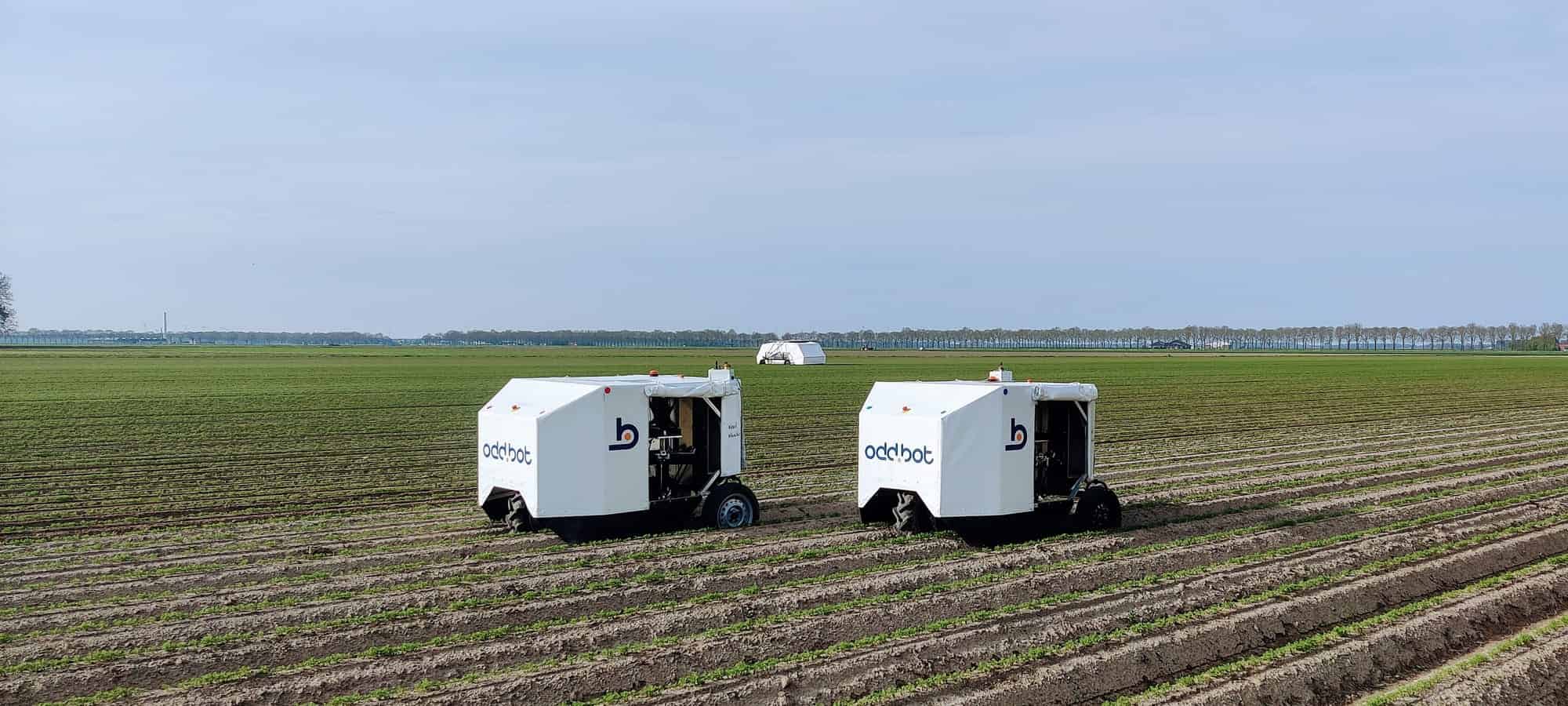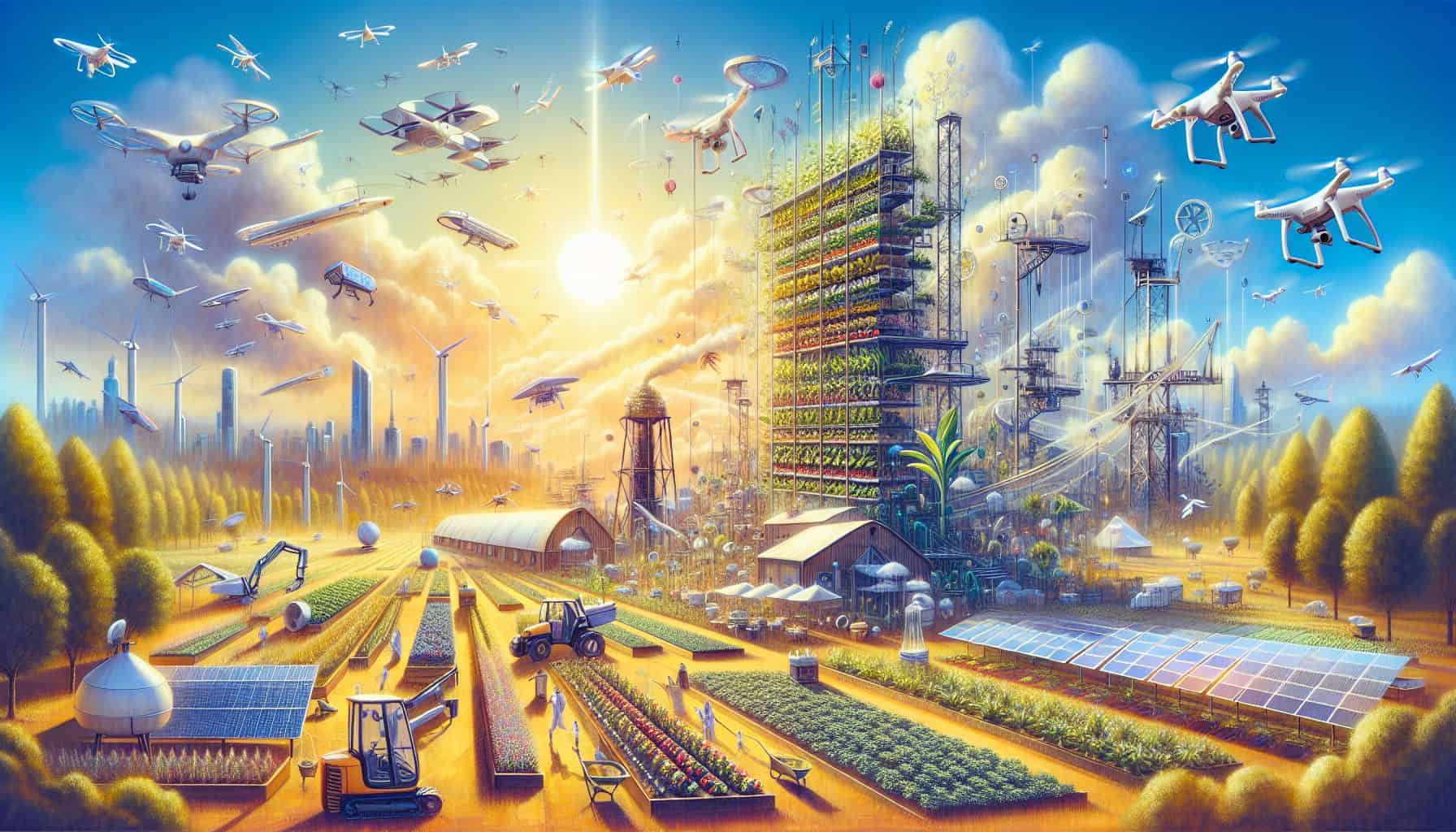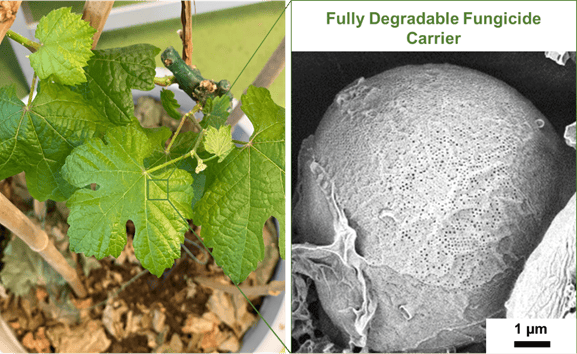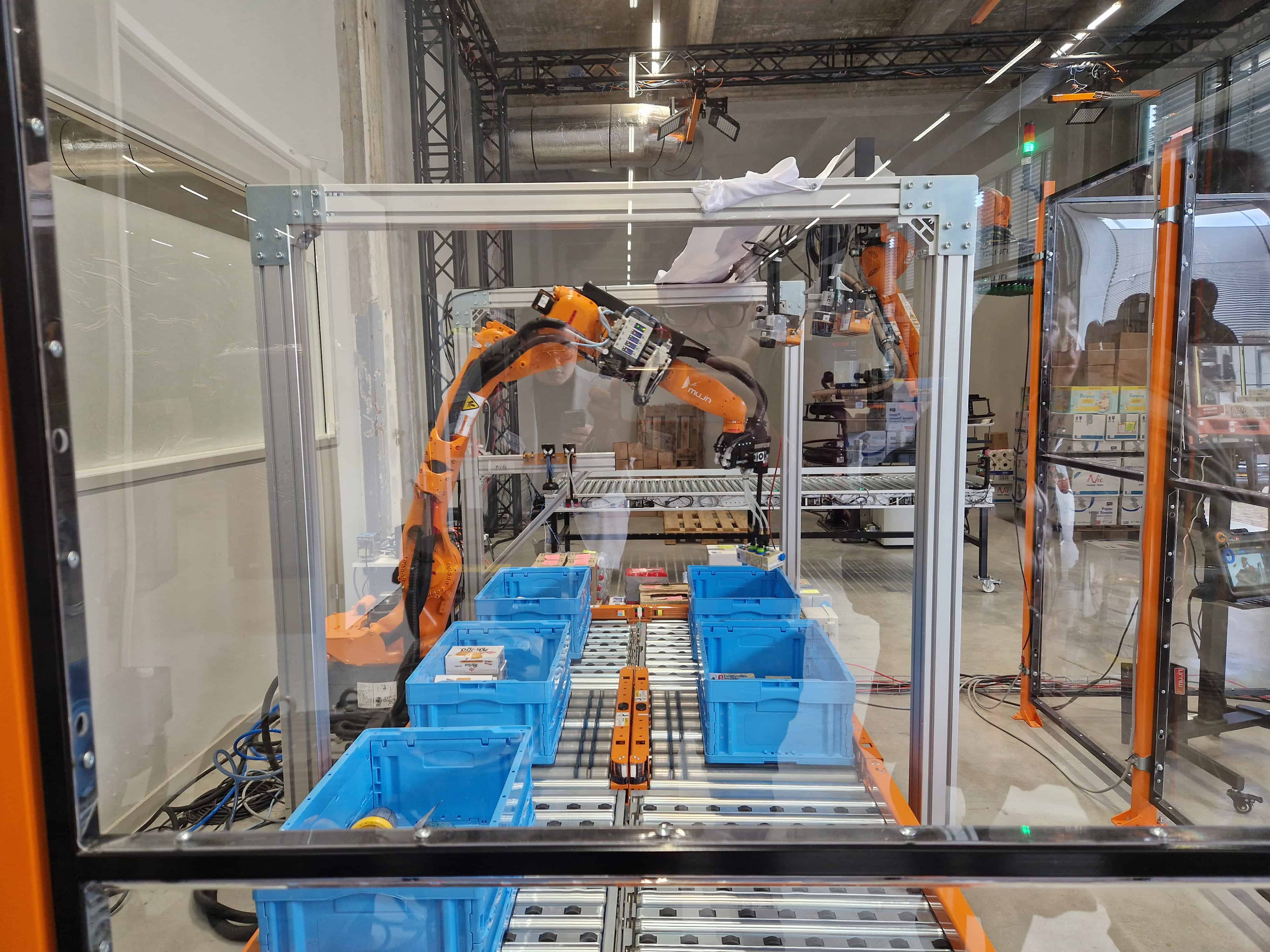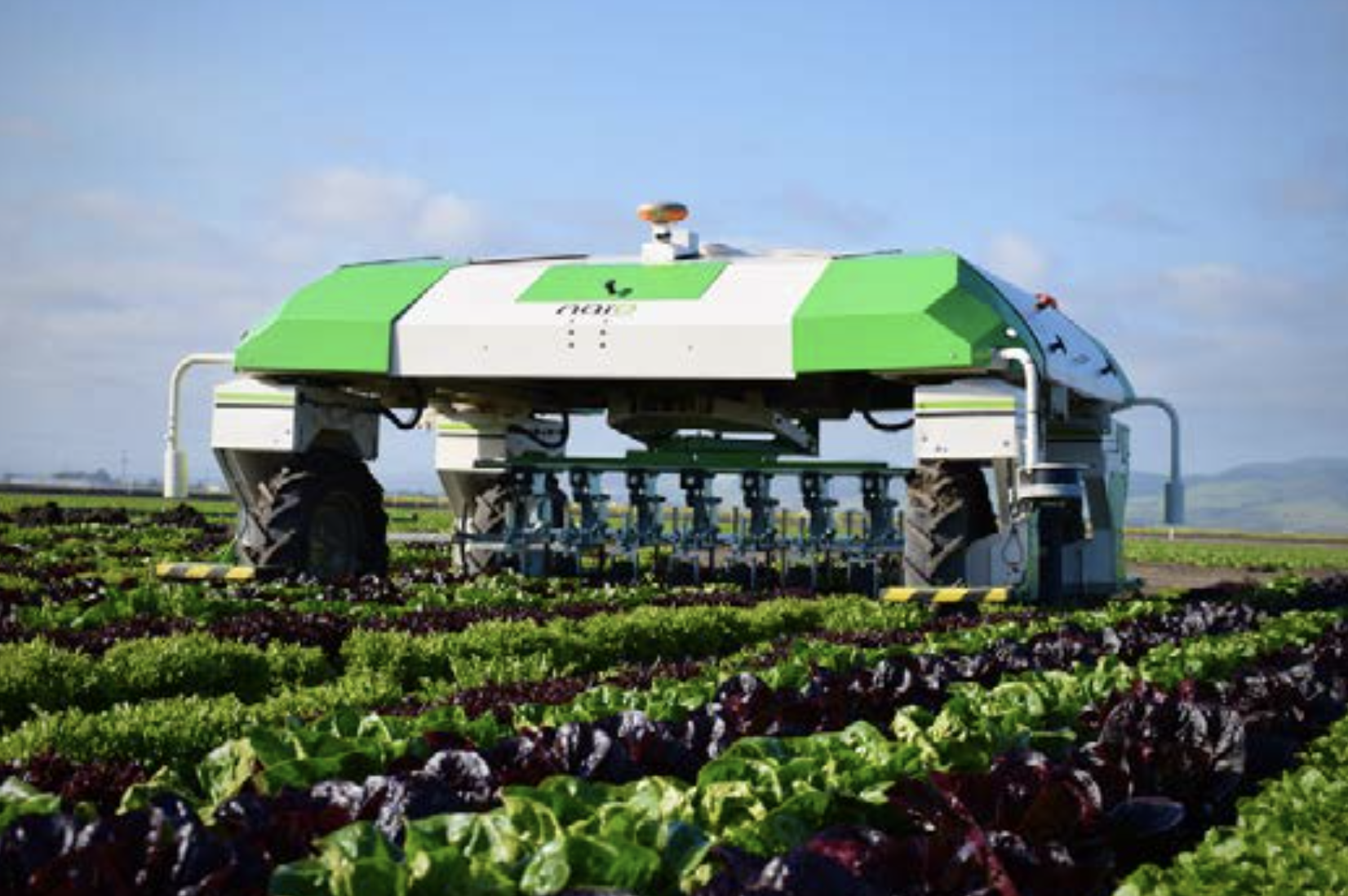
Crop inspection robots, autonomous tractors, harvesting robots, drones, seed robots, weed control robots, milking & feeding robots: the world of agritech is developing rapidly. The rise of these intelligent aids in agriculture is so invasive that we can expect the market to triple in the next ten years. According to a study by Dutch bank ABN AMRO, the reason for this is to be found both in a shortage of staff and a trend towards sustainability.
ABN AMRO estimates the current global turnover in the tech-driven agricultural market – the market for robots and related products and services in the agricultural sector – at € 6 billion. Dutch manufacturers take more than their fair share; they account for more than 11% of this, or € 715 million. The Dutch contribution is expected to more than triple to a turnover of € 2.5 billion in 2030, representing annual growth of 13 percent.
The agricultural sector has the task of using less crop protection and artificial fertilizer, which requires more labor, while at the same time producing much more efficiently. The strong growth of the world population requires more mouths to be fed, while agricultural land is scarce. A lot of lands are ‘lost’ due to urbanization and climate change or are used for the production of, for example, fibers for making textiles and biofuels.
Asparagus robot
As an example of the growth potential, the report mentions Cerescon‘s newly developed asparagus robot. This machine harvests the asparagus by means of an underground detection method even before they are above ground. As a result, up to 25 field laborers are replaced.
“Existing bottlenecks around legislation, the fragmentation of knowledge and access to subsidies and capital must be addressed.”
“The increasing importance of using robots in the agricultural sector offers agricultural manufacturers an enormous opportunity for growth,” according to the research. But this will not happen by itself. Countries all over the world see the growth potential of this market. “In order to realize that growth, it is important that existing bottlenecks surrounding legislation, the fragmentation of knowledge, and access to subsidies and capital are addressed. The development of short chains, in which machine builders and farmers innovate together, can considerably strengthen the earnings model.”





